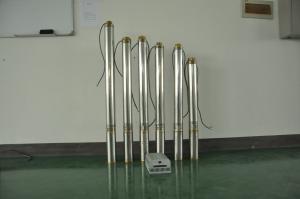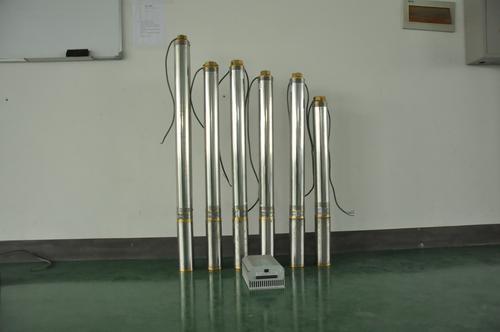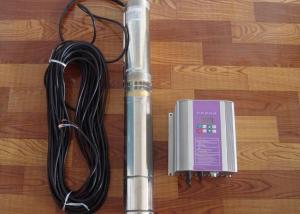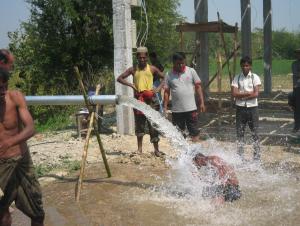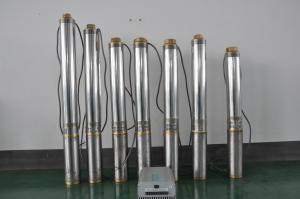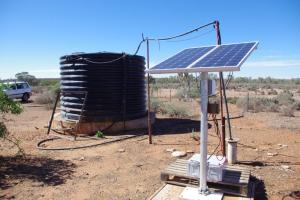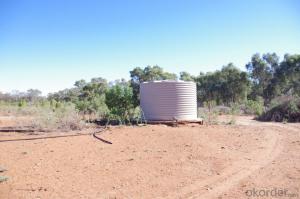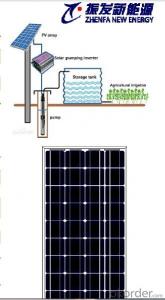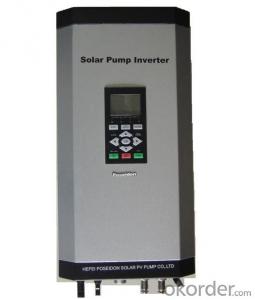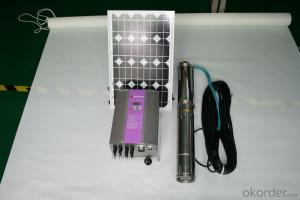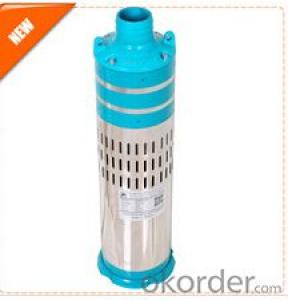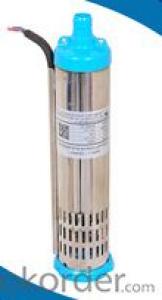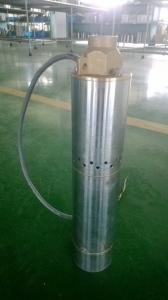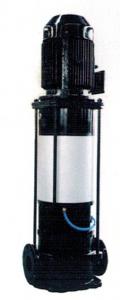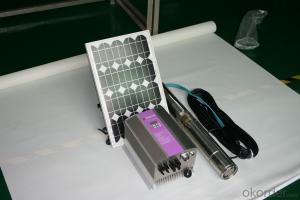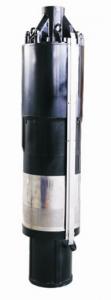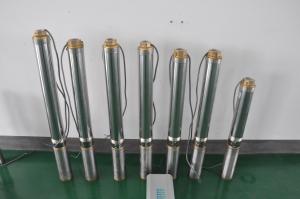2hp Solar Water Pump for Drinking Water
- Loading Port:
- Shanghai
- Payment Terms:
- TT OR LC
- Min Order Qty:
- -
- Supply Capability:
- 300 set/month
OKorder Service Pledge
Quality Product, Order Online Tracking, Timely Delivery
OKorder Financial Service
Credit Rating, Credit Services, Credit Purchasing
You Might Also Like
how is the rotor made:
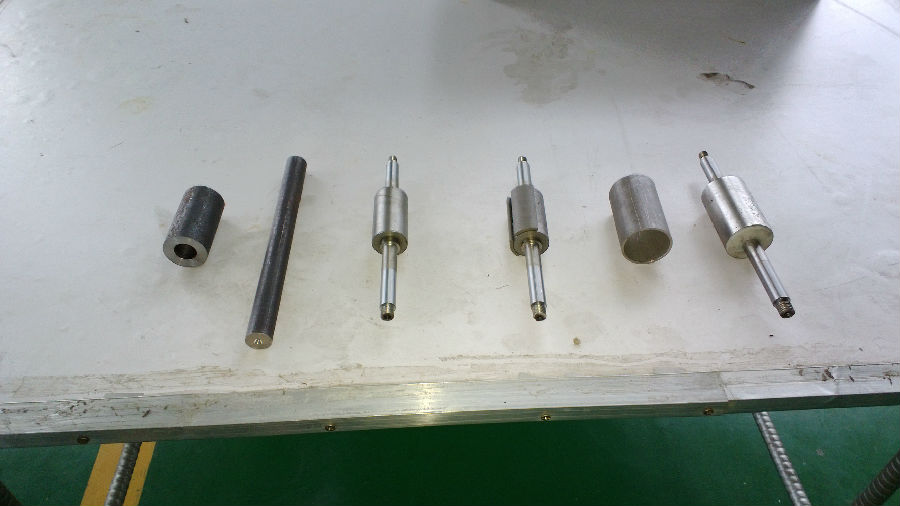
how is the motor made:
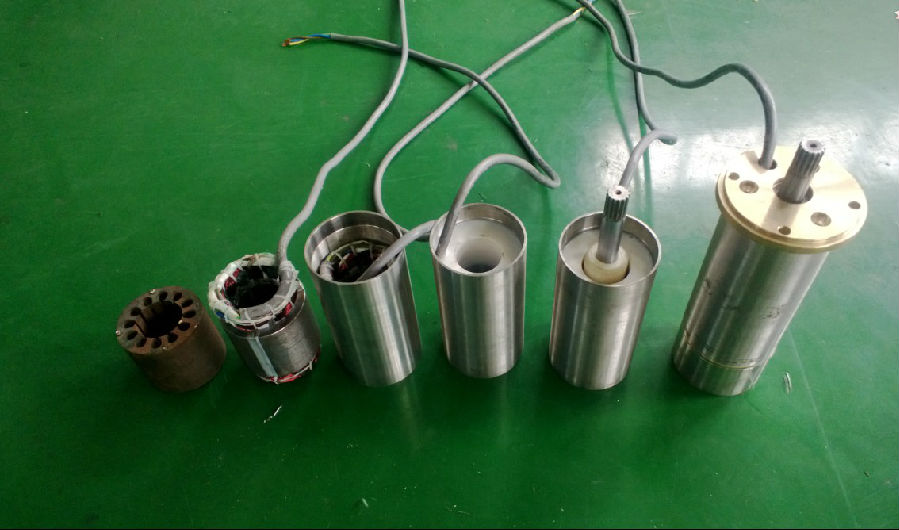
the pump :
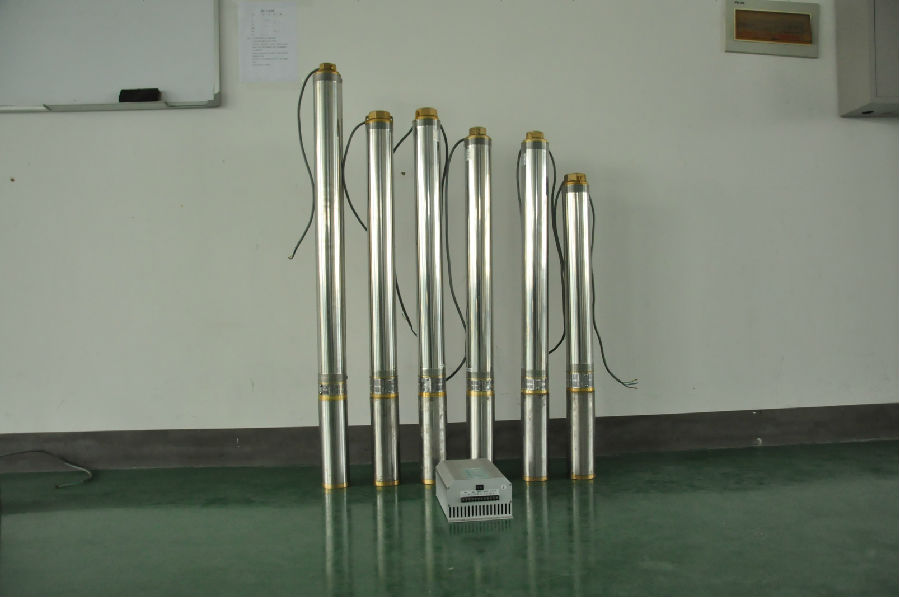
controller terminal connection:
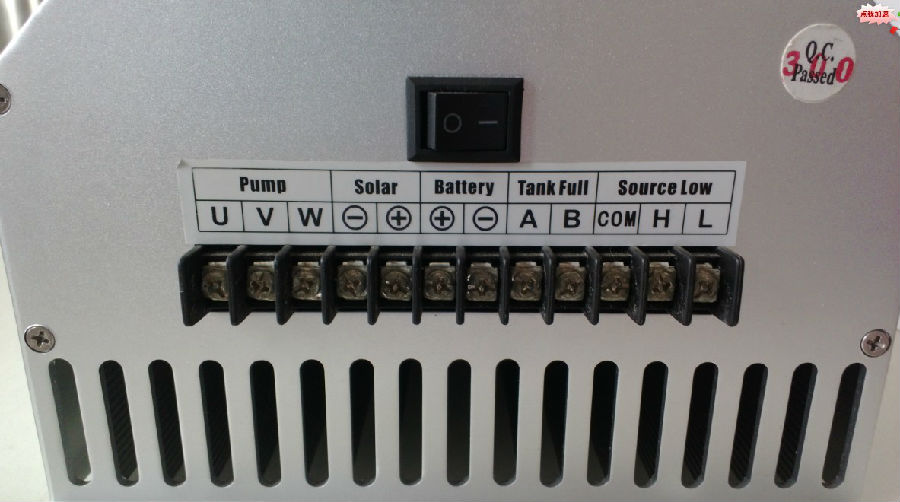
The permanent magnet:
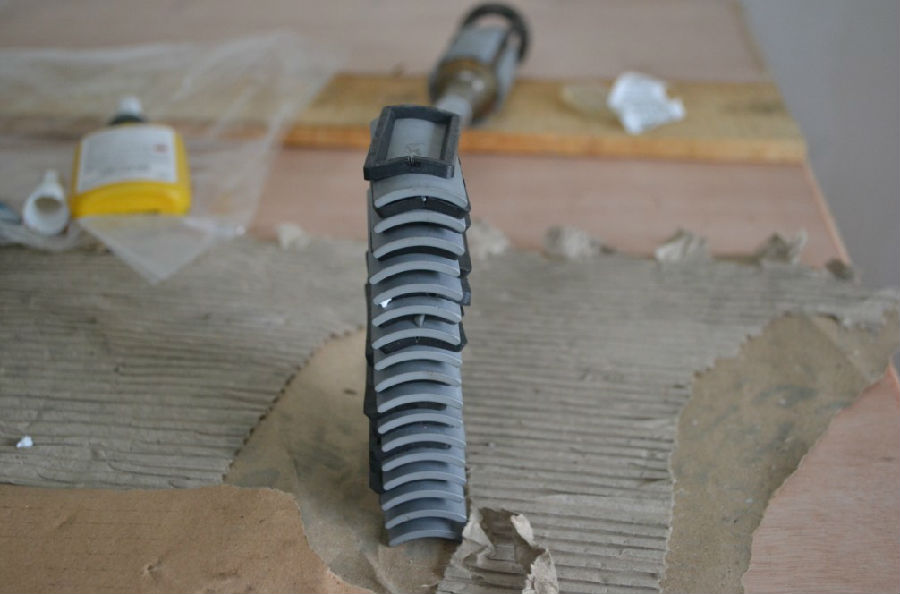
the impeller:
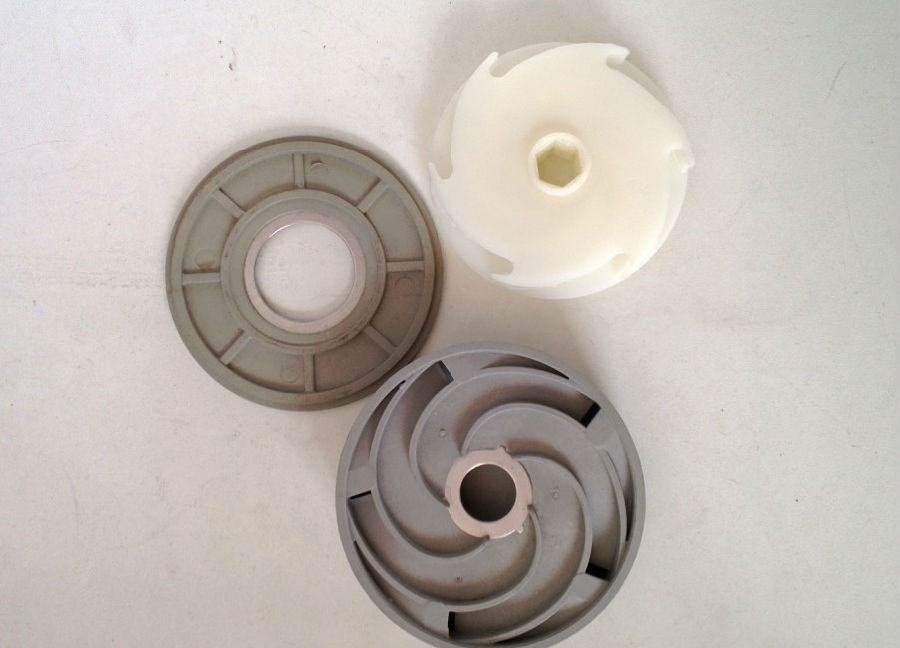
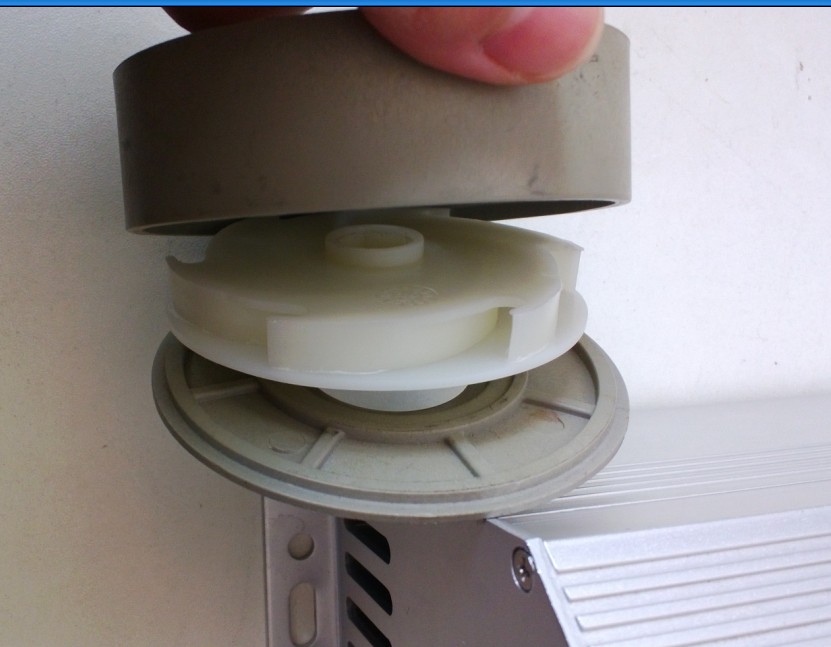
controller box:
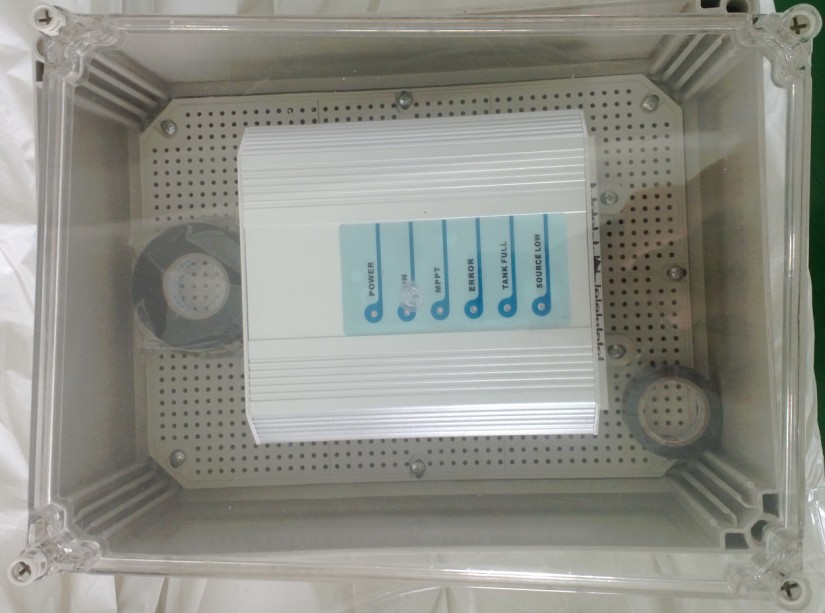
the senors:

the test:
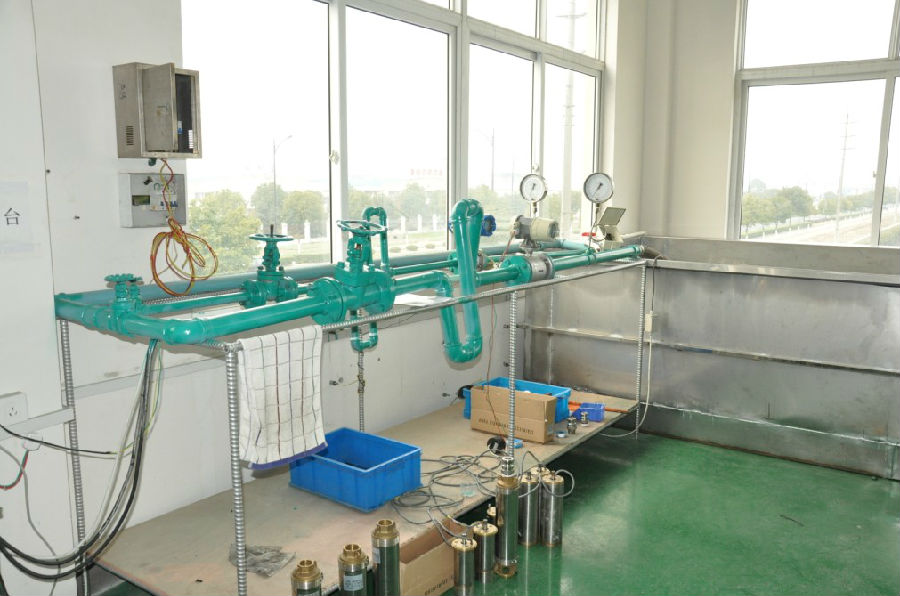
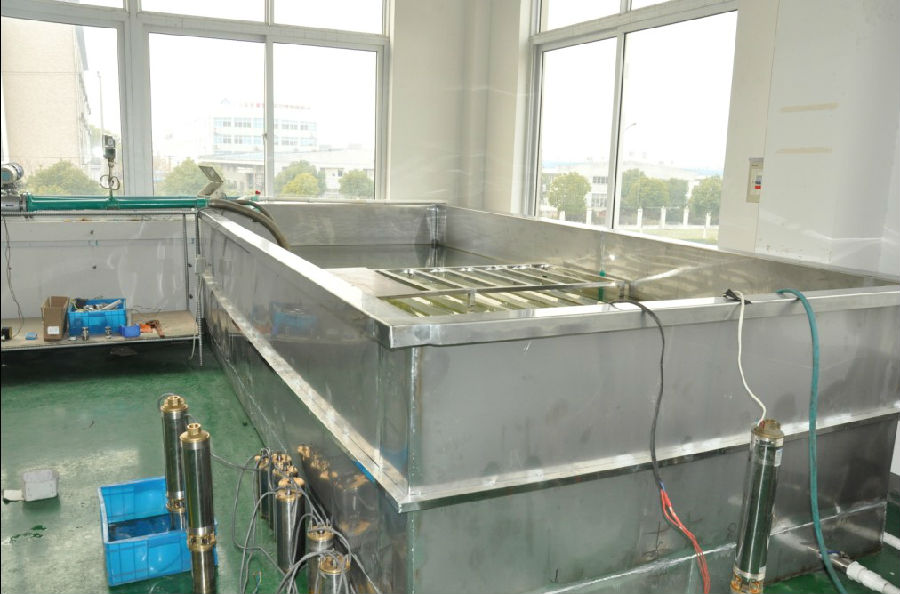
the application:
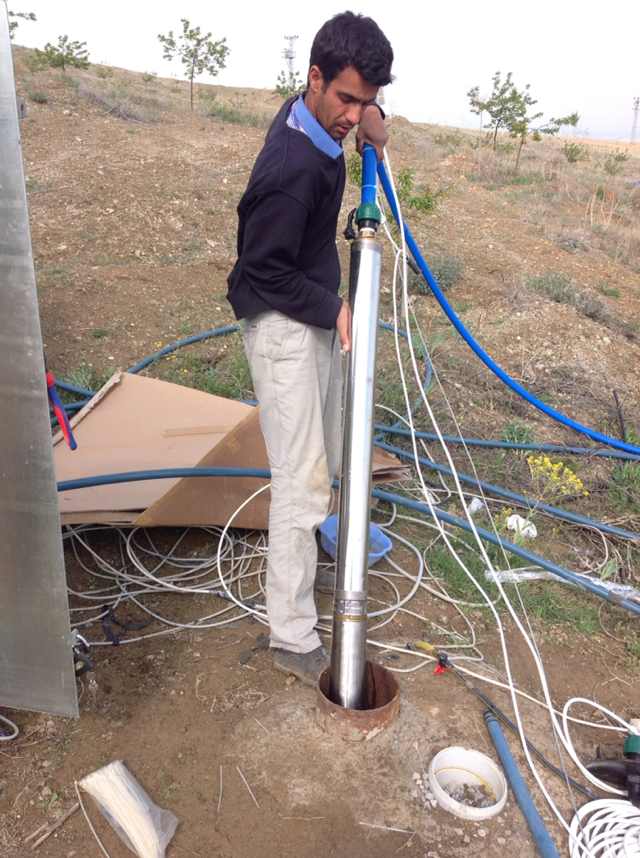
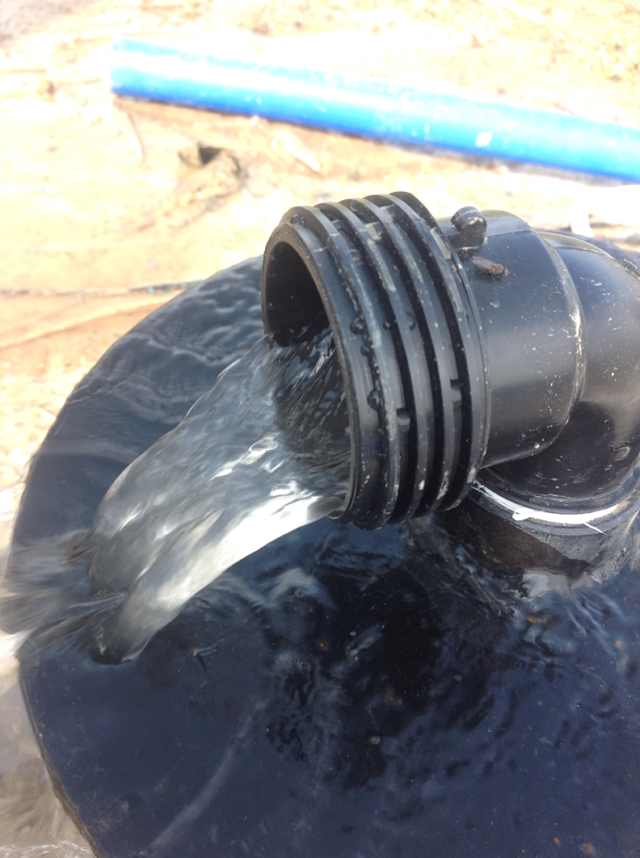
the package:
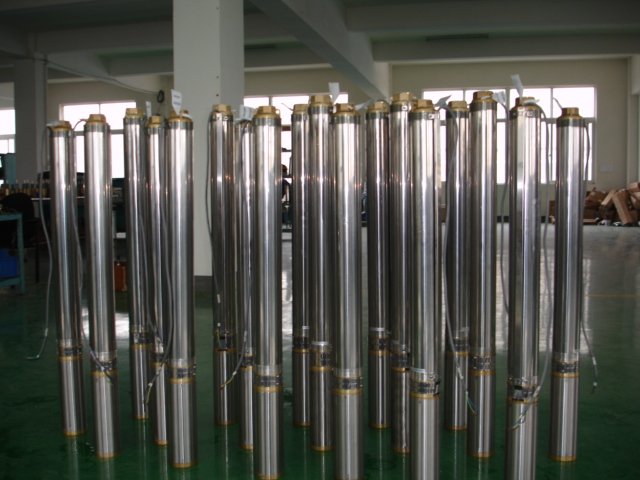
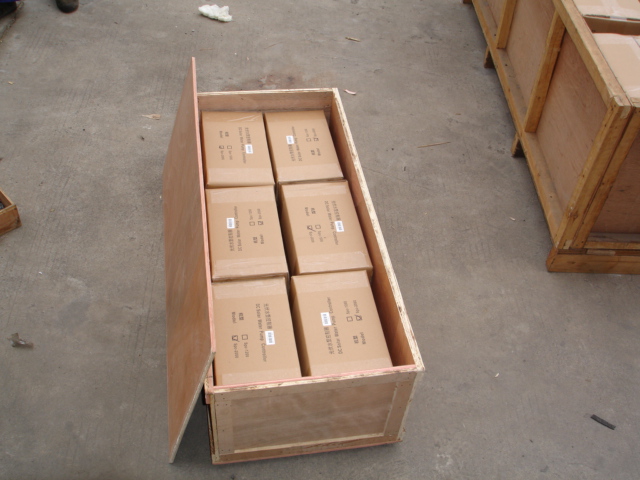
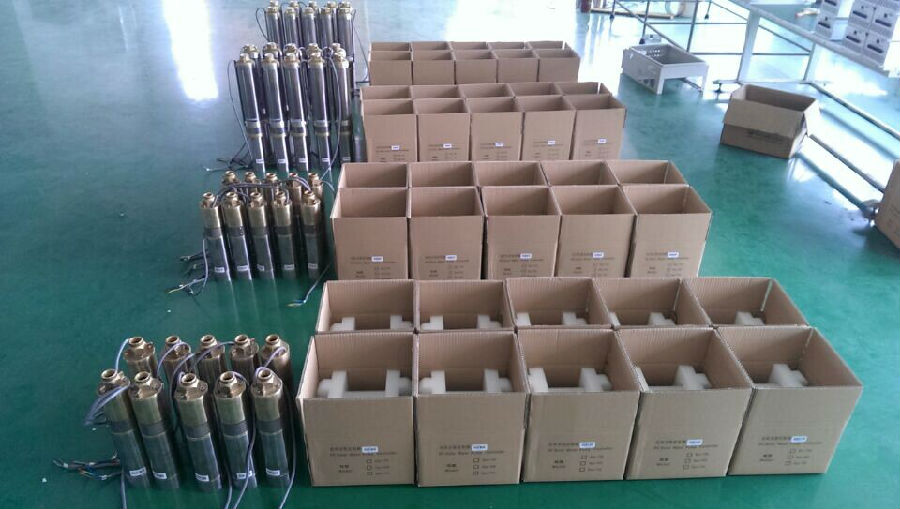

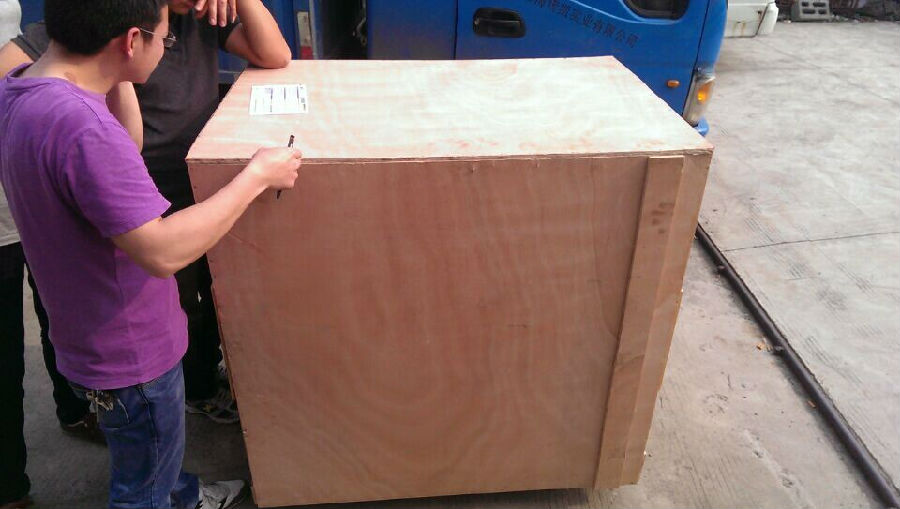
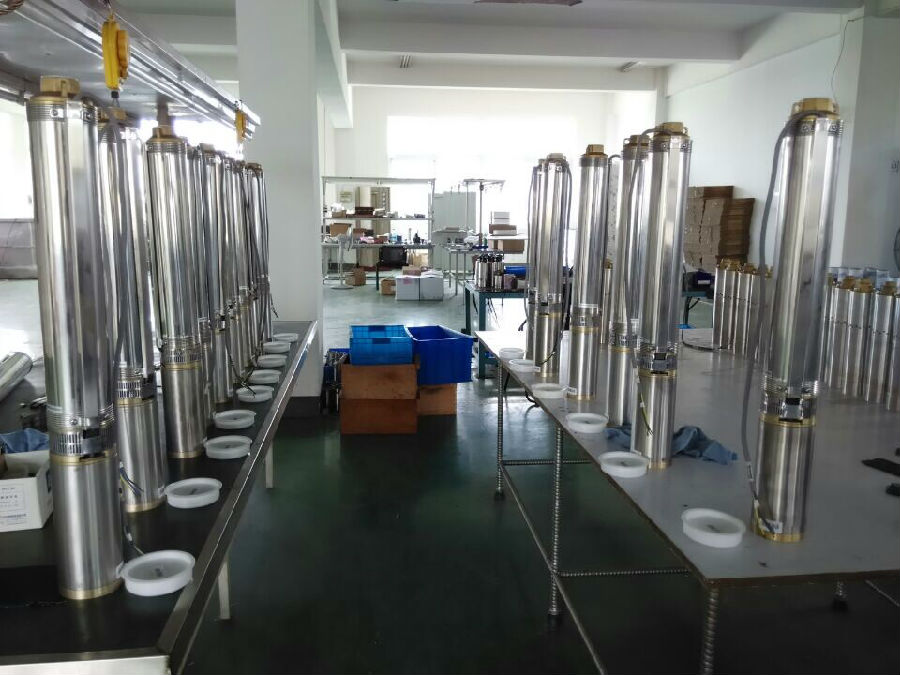
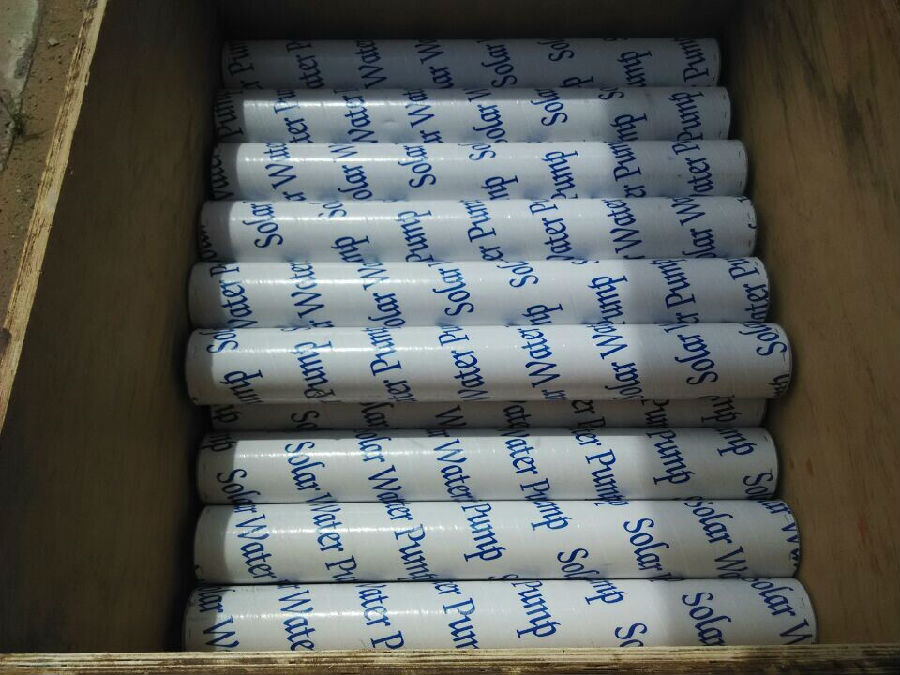
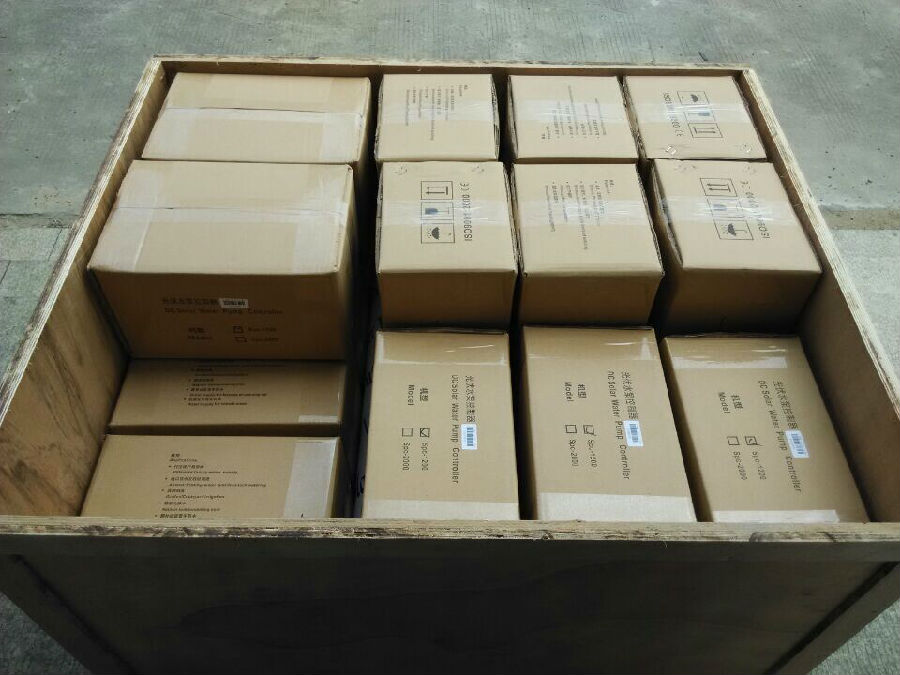
- Q: Are there any limitations to the temperature range a solar pump can operate in?
- Yes, there are limitations to the temperature range a solar pump can operate in. Extreme cold temperatures can cause freezing of the water inside the pump, leading to damage or malfunction. On the other hand, extremely high temperatures can affect the efficiency and performance of the pump's components, such as the solar panels and motor. Thus, solar pumps typically have specified temperature ranges within which they can effectively operate.
- Q: The problem of installing pressurized water pump in solar hot water outlet pipe
- Household pipe booster pump in the installation of the need to pay attention to the matter more, but these considerations for the subsequent work and production of great impact, we often say that sharpening workers do not mistake. Only to the precautions to prepare thoroughly, for the use of the product we can be more handy, the effect will be better.
- Q: Can a solar pump be used for water supply in remote eco-lodges?
- Yes, a solar pump can be used for water supply in remote eco-lodges. Solar pumps are efficient and environmentally friendly, making them ideal for off-grid locations like eco-lodges. They can reliably extract and distribute water from wells, rivers, or other water sources, providing a sustainable and independent water supply solution for remote areas.
- Q: How does a solar pump handle water with high levels of ammonia or other pollutants?
- A solar pump is typically not designed to handle water with high levels of ammonia or other pollutants. These pumps are primarily used for clean water applications and may not be equipped with the necessary filtration or treatment systems to handle contaminated water effectively. In such cases, alternative water treatment solutions or pump systems specifically designed for polluted water would be more suitable.
- Q: How does a solar pump handle water with high levels of manganese?
- A solar pump handles water with high levels of manganese by employing a filtration system that effectively removes or reduces the presence of manganese particles. The pump's filtration mechanism, typically equipped with a combination of screens, cartridges, or other filtration media, traps the manganese particles as the water passes through, preventing them from entering the pump and causing damage. This ensures the efficient and safe functioning of the solar pump while providing access to clean and manganese-free water for various applications.
- Q: How does the altitude affect the performance of a solar pump?
- The performance of a solar pump can be significantly affected by the altitude. As the altitude increases, the atmospheric pressure decreases, which has an impact on both the efficiency and output of the pump. When at higher altitudes, the air density decreases, resulting in a lower amount of oxygen available for combustion in the pump's engine. This can lead to a decrease in power output, as the engine may not be able to generate the same force as it would at lower altitudes. Moreover, the decrease in atmospheric pressure affects the pump's ability to draw water from its source. The lower pressure can diminish the suction power, making it more challenging for the pump to lift water to the desired height. Consequently, this can lead to a reduction in pumping capacity and overall efficiency. Additionally, the decrease in air density at higher altitudes can impact the cooling of the pump's components. The reduced air density makes it more difficult for the pump to dissipate heat, which can potentially result in overheating and decreased performance. Considering the altitude is crucial when choosing a solar pump, ensuring that it is appropriately sized and designed to operate effectively at the desired location. Adjustments or modifications may be necessary to optimize the pump's performance at higher altitudes, such as using a more powerful engine or employing different pumping techniques to compensate for the reduced atmospheric pressure.
- Q: Can a solar pump be used in areas with high levels of fluoride in the water?
- Yes, a solar pump can be used in areas with high levels of fluoride in the water. The role of a solar pump is to draw water from a source, such as a well or borehole, and deliver it to a desired location. It does not directly affect the water quality or composition. Therefore, a solar pump can still be used to extract water, even if it contains elevated levels of fluoride. However, it is important to note that the issue of fluoride contamination should be addressed separately through appropriate water treatment methods to ensure safe consumption.
- Q: Can a solar pump be used in areas with limited access to water level indicators?
- Yes, a solar pump can still be used in areas with limited access to water level indicators. While water level indicators can be useful for monitoring and managing water usage, a solar pump can still operate in these areas without relying on such indicators. Solar pumps are designed to utilize solar energy to pump water from a source, such as a well or a body of water. As long as there is a water source available, a solar pump can be installed and used to provide water, even in areas without water level indicators.
- Q: How long does it take to recharge the batteries in a solar pump system?
- The time it takes to recharge the batteries in a solar pump system depends on various factors such as the size and capacity of the batteries, the amount of sunlight available, and the efficiency of the solar panels. Typically, it can take anywhere from a few hours to a full day to fully recharge the batteries in a solar pump system.
- Q: How does a solar pump handle water with high levels of iron?
- A solar pump can handle water with high levels of iron by using a filtration system. The pump draws water from the source and passes it through a series of filters, which effectively remove the iron particles from the water. This ensures that the water pumped is free from impurities and suitable for various applications.
Send your message to us
2hp Solar Water Pump for Drinking Water
- Loading Port:
- Shanghai
- Payment Terms:
- TT OR LC
- Min Order Qty:
- -
- Supply Capability:
- 300 set/month
OKorder Service Pledge
Quality Product, Order Online Tracking, Timely Delivery
OKorder Financial Service
Credit Rating, Credit Services, Credit Purchasing
Similar products
Hot products
Hot Searches
Related keywords
